I’ve just been on a voyage of discovery. And adventure. And collaboration. I’ve travelled some 1,000 kilometres northeast, another 1,200 kilometres west, and finally, 500 kilometres back home to Livingstone. What a vast, empty country Zambia is, yet it’s home to 72 different tribes. These past six-and-a-half weeks, on a food safari with Time + Tide Zambia, I’ve worked with people from three of these tribes — chiNanja, Lozi and a scatterling of Bemba — and learned a whole lot more about traditional and wild ingredients found in their neighbourhoods, many of which were entirely different from those found here in Southern Province. In the forthcoming weeks I shall be writing about this voyage: about what I learned, about what I taught, about a creative collaboration between me and my adopted home.
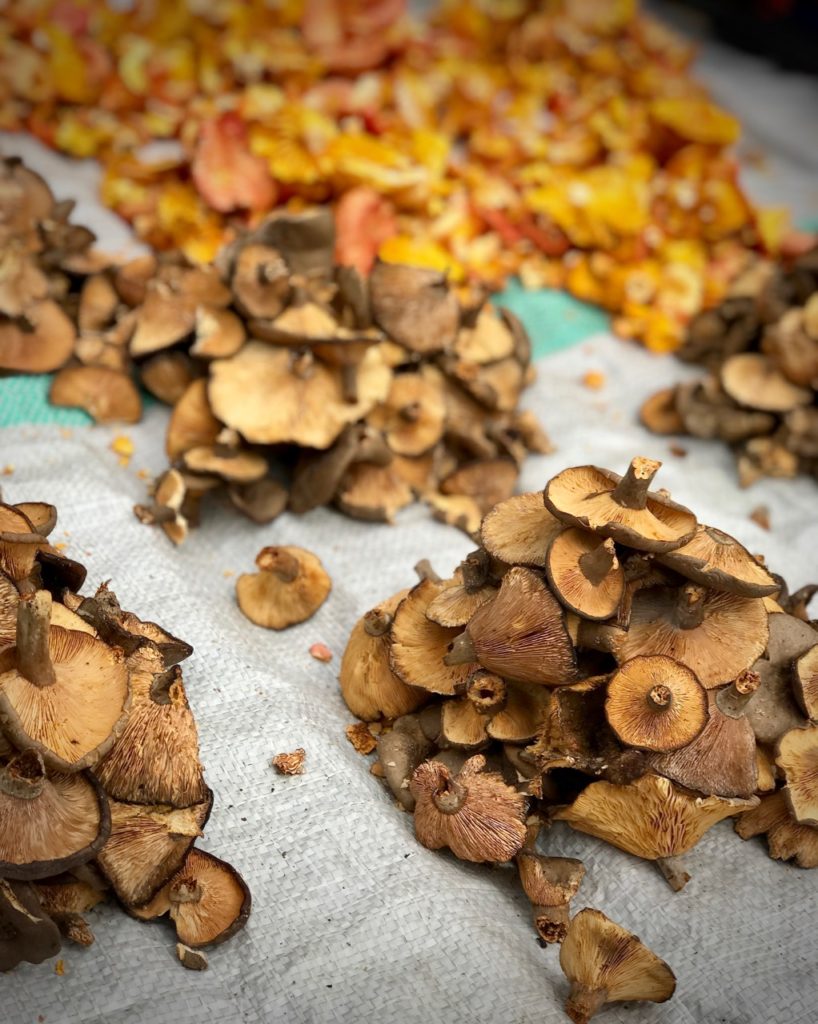
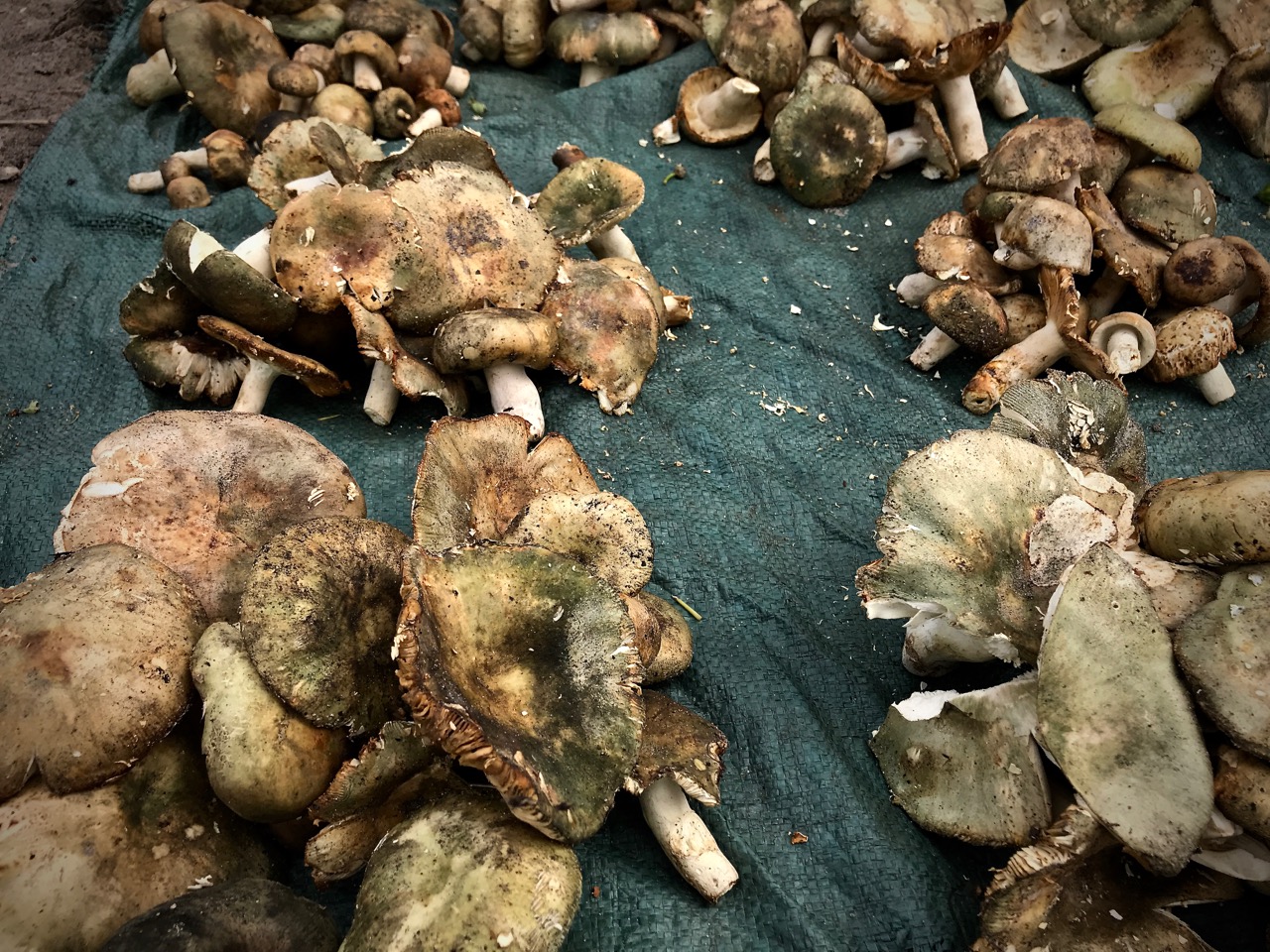
Perhaps the most exciting for me was finding the eye-popping varieties of wild mushrooms in Mongu, the capital of Western Province, which balances atop the eastern edge of the Barotse Floodplain of the upper Zambezi River. Here on the farm I’m used to eating just two types of edible wild mushrooms that grow in the bush surrounding our house. I’m also aware of an additional two varieties found further north of Livingstone, one of which can grow to the size of a bicycle wheel. What I didn’t know was the sheer diversity in colour, texture and size of edible wild mushrooms found in the unique ecology of Western Province, with its prize find, at least for me, being the Kalahari truffle.
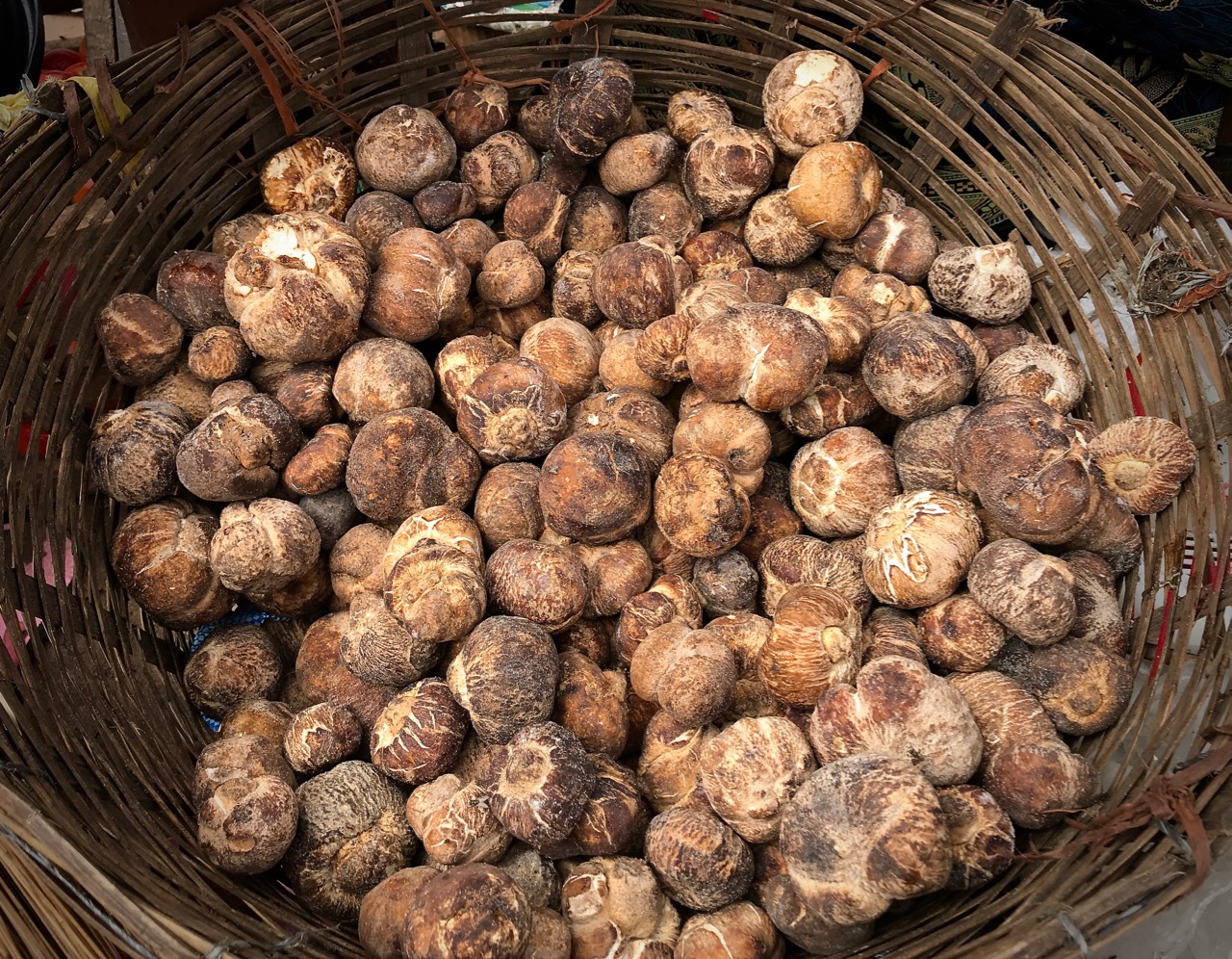
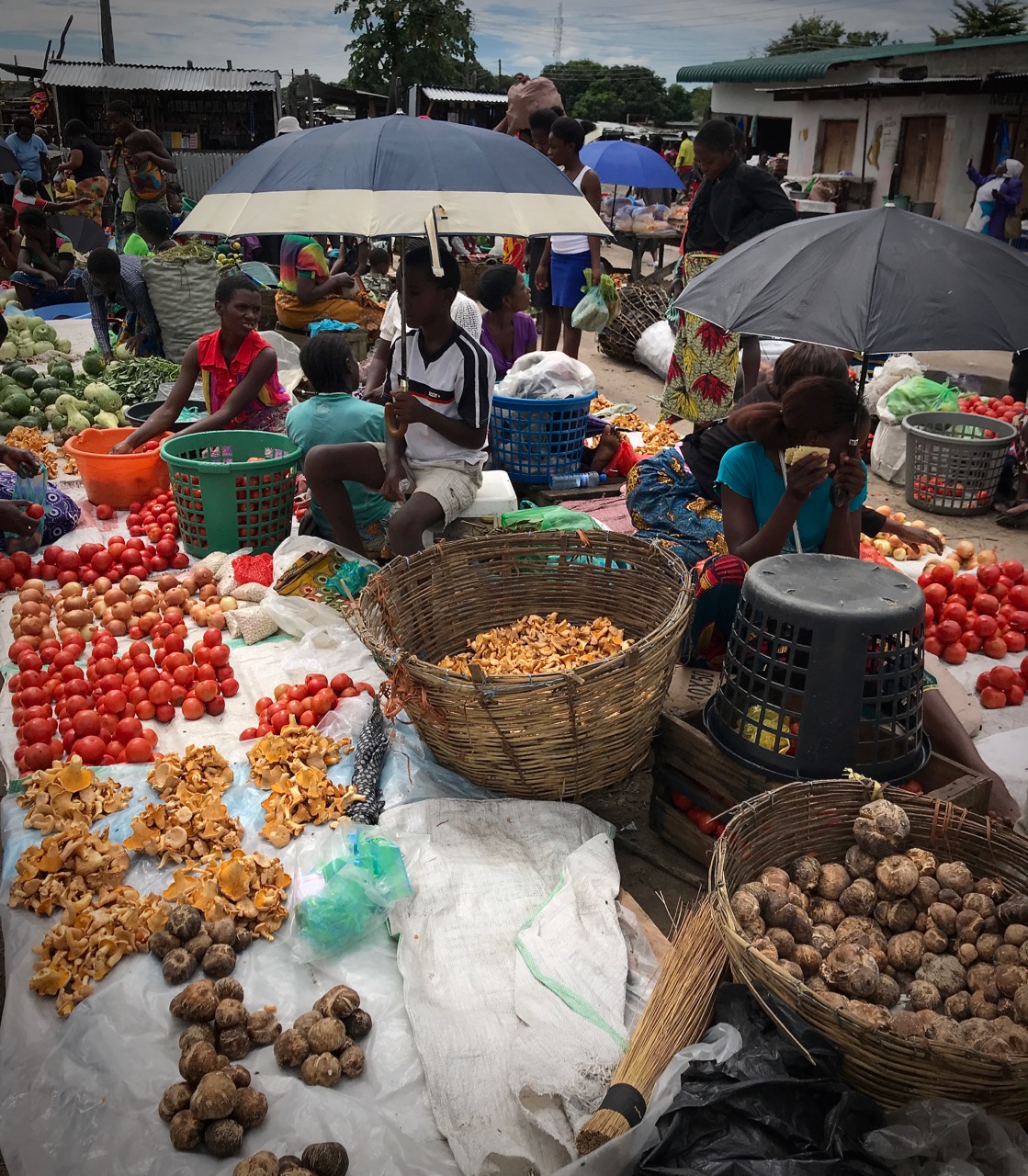
“These mushrooms grow underground,” Charity Mushokabanji, helping me shop for fresh ingredients in Mongu market, casually mentioned as we passed a vendor surrounded by basket-loads of truffles. “I know,” I responded quickly, “and I’ve been looking for them for years!” Known as “sondwe” by the Lozi people (or liondwe, if more than one), Kalahari truffles aren’t as potent as their European relatives, but they are meaty and mushroomy, like a portobello, and leave a lingering punch of heat after each mouthful. They flourish in arid Kalahari sand following the region’s short rainy season in March/April and, I was told, are found by “feeling the soft indentations in the sand beneath your feet as you carefully gather.”

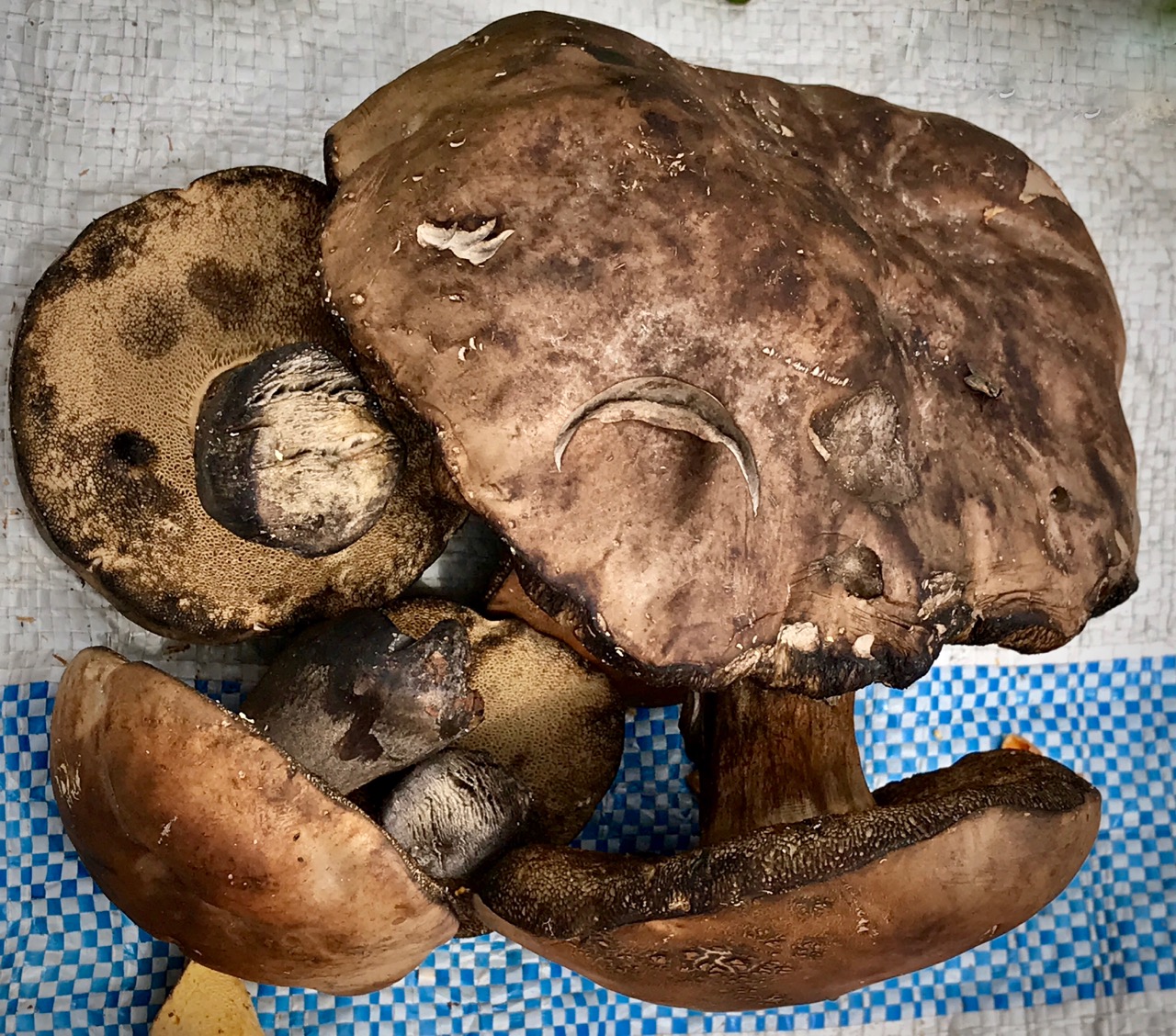
In underdeveloped areas in Zambia, as I read here, protein-packed “edible wild mushrooms are an essential component of the people’s diet during the traditional ‘hunger months’. … In most years there is a peak of abundance and species diversity in December when few ‘bush’ foods are available and crop plants have not yet matured. In a survey of nutrition in a central area of the country, mushrooms were found to be second only to edible insects (mostly caterpillars) as the commonest main ingredient of village meals during the period November to January, and such subsistence economies, and food preferences, have altered little over the years.”
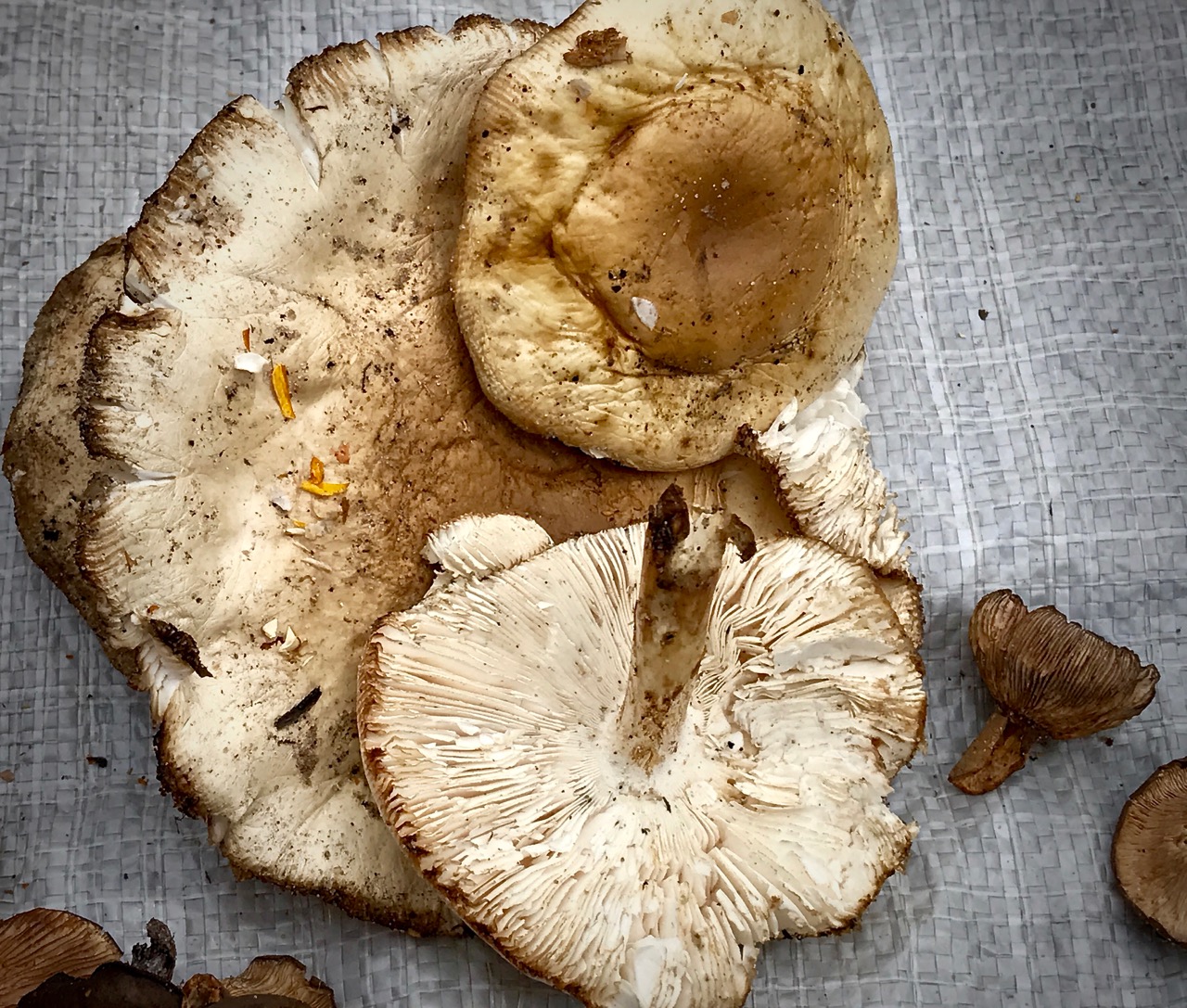
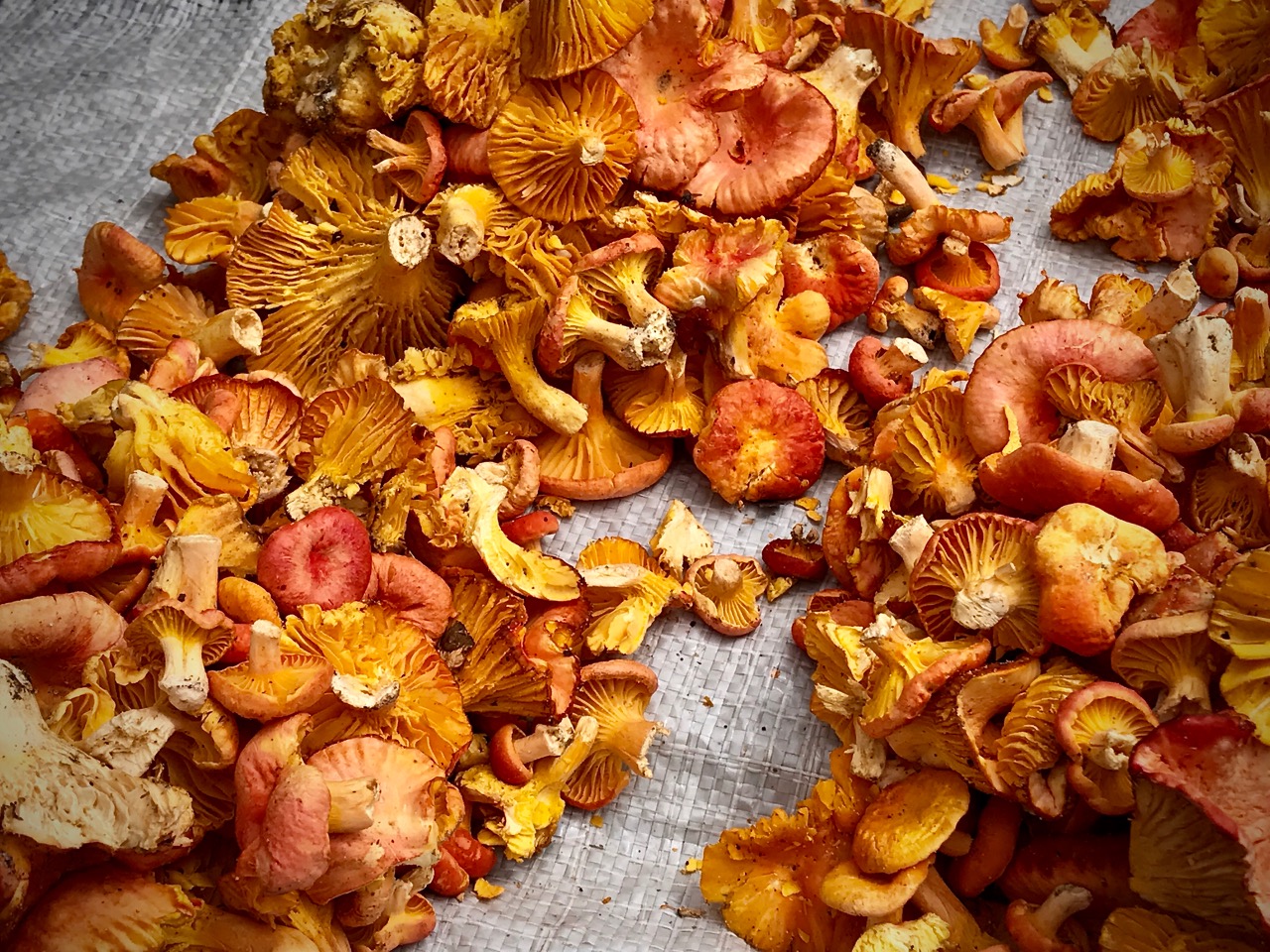
There’s a part of me that takes issue with the terms “hunger months” or “famine food”, to which often the wild edibles are referred, because it’s as if these ingredients are beneath those people who can afford to shop in any season in Western-style grocery stores. Wild or indigenous food is often looked down upon by the so-called affluent, who instead purchase sugar-laden, processed foods and drinks, chemical-laden fresh produce, and dairy and meat laced with antibiotics from foreign supermarket franchises dotted around Zambia, all of which are contributing to a growing diabetes epidemic.
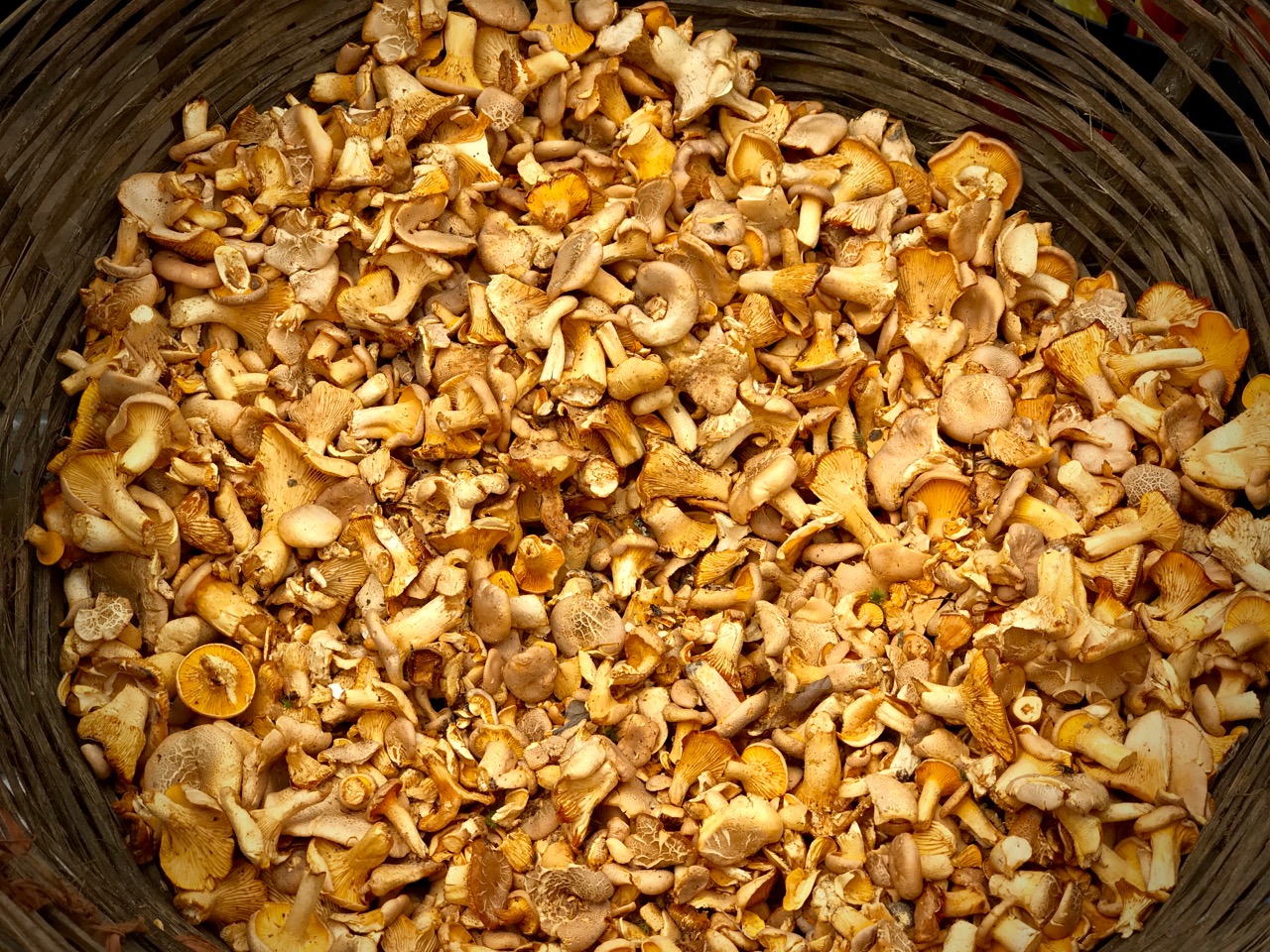
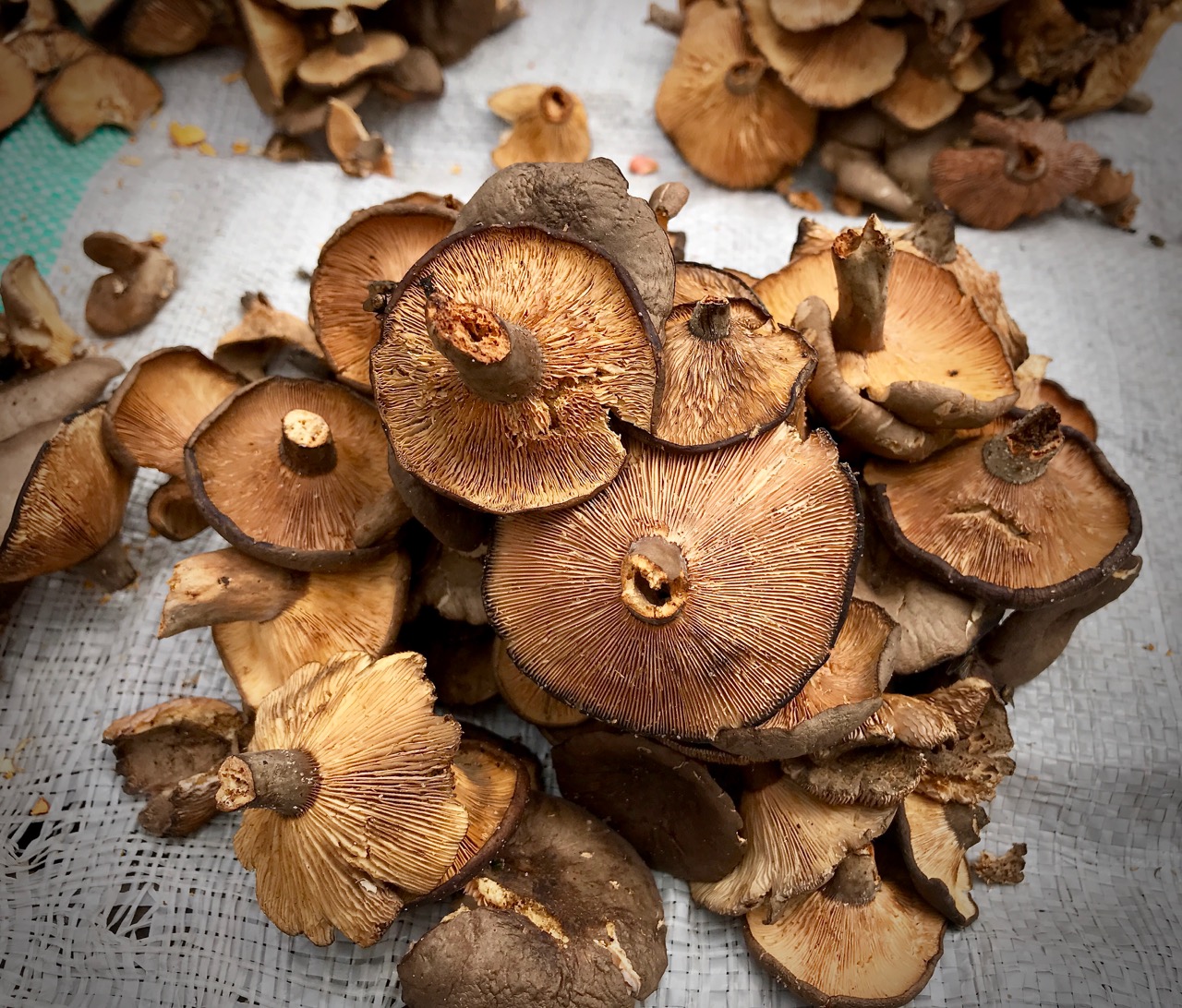
For this reason, it gave me real pleasure feeding Zambia’s Ministers of Tourism and Works & Supplies, who were guests at Time + Tide’s King Lewanika Lodge when I was there training the chefs in my bush gourmet cuisine. Together, we presented the following menu made with wild and locally-grown fresh ingredients bought from Mongu Market: Sikuswani Soup with Sikuswani Chip Sticks & Warm Ciabatta Bread; Seared Beef Fillet with Creamy Liondwe & Mwambwa wa Lindondwe Mushrooms, Pan-fried Green Beans with Roasted Cashew Nuts & Buttered Sweet Potatoes; and Munkoyo Panna Cotta with Guava & Muchingachinga Pureé on a Mongongo Nut Florentine. When I visited their table at the end of the meal, both Ministers expressed genuine delight in the food, not only because it was wholly Zambian, but because it reminded them of flavours they hadn’t eaten since they were young boys at the feet of their grandmothers.

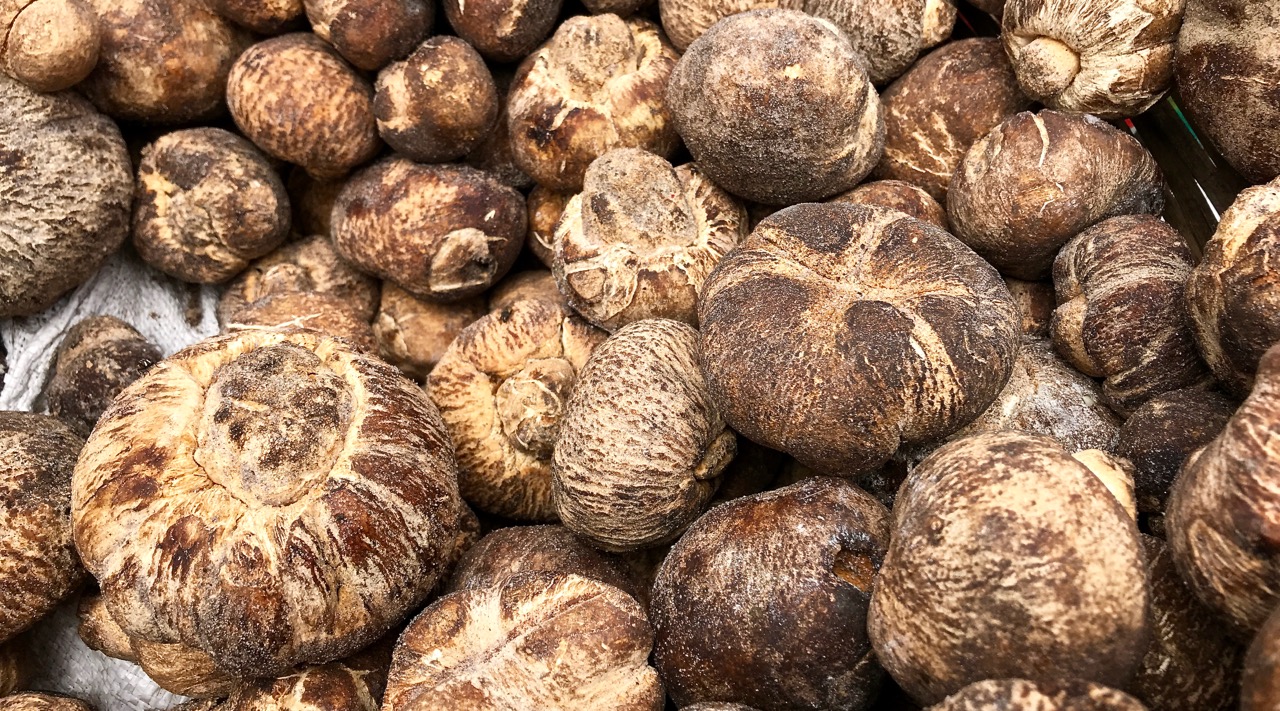
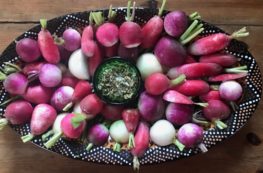
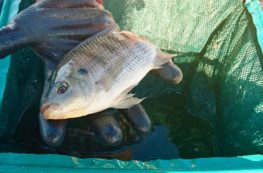

22 Comments
Dear Annabelle
Beautiful and interesting pictures. Thank you so much.
Unfortunately I push on the unsubscribe link on your last e-mail. Of course it’s a mistake! I like so much your posts.
Best thoughts and happy Easter
Matthieu
Thank you so much, Matthieu! I really appreciate your interest and support. Happy Easter to you … and all the best, Annabel
Thank you Annabel for this fascinating account of wild mushrooms, the colourful market in Mongu, and the mouthwatering menu served to ministry personnel at the Lodge. Have a very Happy Easter xx
So much gratitude, Pam! I felt very fortunate to not only have found all these mushrooms, but to learn from people who have been foraging, preserving and eating them for centuries … 🙂 Happy Easter to you and your family. x
Beautiful and interesting on-the-go trip that was worthwhile of great pictures. Thank you very much. beautiful Easter !!!!
Thank you, as always, for your interest and support! A very happy Easter back to you!
I always look forward to your blog and always enjoy reading it. You’re a fantastic writer and photographer. Thank you for Sharing your experiences ?
Ah, Mo … you’ve been with me almost since the beginning, and for that I thank you. It’s readers like you that keep me posting. Happy Easter to you and your family, and lots of love. xo
Fabulous and mouth-watering update of your recent journey!
I’ve been thinking about you and the family! Lovely to hear from you and thanks for your interest in the wild mushrooms of Mongu all the way from Madrid, Spain! So hope you are all doing well, Courtney. Happy Easter … and lots of love and hugs to my goddaughter! xo
Great work with those mushrooms!
Thank you, Georgie! There were so many of them … 🙂
Hiya Annabel! What a range of edible fungi – some different to what we have here in Zim! Super to see that you’re going from strength to strength, in fact you’re mushrooming! WELL DONE! By the way, my previous emails and phone messages have obviously not gone through to you. Zimbo hugs for you both. Cathy.
Cathy! So wonderful to hear from you! We will have to make a trip to Western Province one day so you can see for yourself the array of wild mushrooms in the Mongu market. I was blown away. 🙂 Thank you for your super-kind note. I have sent you my contacts via email, just in case. Lots of love from us both … xo
I want to appreciate your effort in high-lighting various types of mush-rooms found in Western Province. I however think that your guide and translator did not do a good job in some names of our mush-rooms. There are; Ndwi-ndwi; Sibiti ( There is no “V” in silozi); Liondwe or sondwe singular; Nakandama and Liluwe; Sitongwani (Hyena) I don’t know why that type of mushroom is called such..it pale green in colour; there is silutoko usually grow in maize fields near water it is whitish in colour; there is bushele this is very unique type of mushroom found in very special areas I am yet to find out the unique environment where this thrives. I know of only one plce in Mongu Distric where it grows. I haven’t seen it anywhere else.
Thank you so much for this informative and helpful note, Simwinji. I shall edit all the names accordingly, and make a note of them for future use! I very much appreciate your interest in my story. All the best, Annabel
What a beautifully insightful post Annabel. I had no idea we grew up in close proximity to such a myriad of mushrooms! Lovely to learn about them, albeit decades later and so many miles away. And I am so with you on the “famine food” issue!! Same here: different hemisphere, different language, same issues. Love these insights into all your wonderful work 🙂
So much gratitude for your super-kind comment, Katherine. I was very surprised myself when I saw the array of wild mushrooms in Mongu’s market! There is just so much to learn about our environment… 🙂
This looks so delicious and I bet it tastes amazing! My family will love this. I can not wait to try this at home. This is a great way of introducing healthy foods into our menu. Thank you. This is a must-try!
Thank you!
Hi Annabel,
I would like to reproduce your image of the basket loaded with Liondwe for a book being compiled for Cape Town (yes, we used to receive these truffles but they are now just too expensive to import). Would you be happy for me to do so? I will obviously credit you for the photo and you can decide what the acknowledgement would state.
Looking forward to hearing from you.
Regards,
Gary
Hi Gary … thank you for your note, and thank you for respecting my copyright. A lot of people don’t! Of course, feel free to use the photograph, accredited to me, preferably with a link to the post on SavannaBel – Bush Gourmet. I would be interested in seeing the book when it is published. My email is annabel@annabelhughes.com. Please let me know any further details. Much gratitude and all the best, Annabel
Comments are closed.